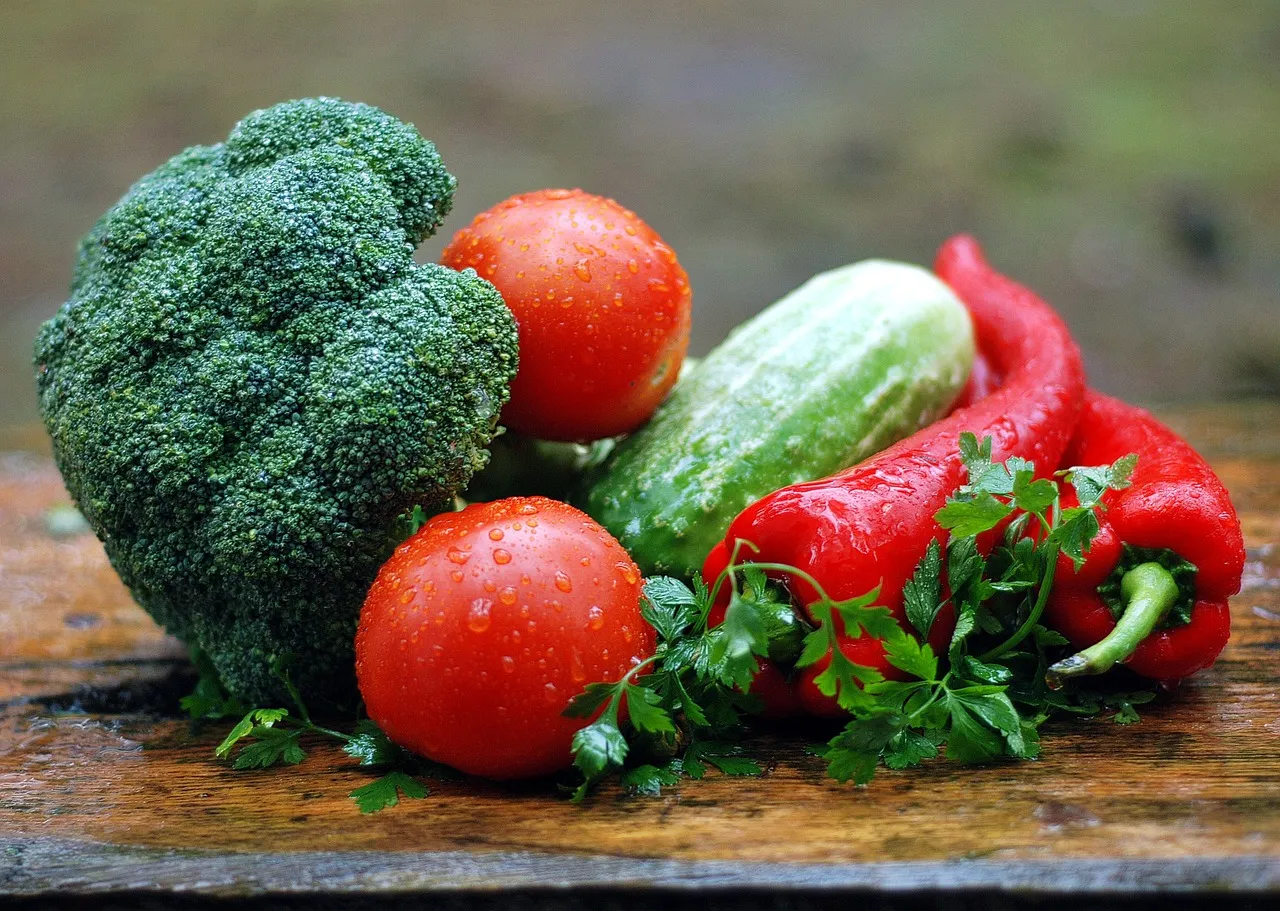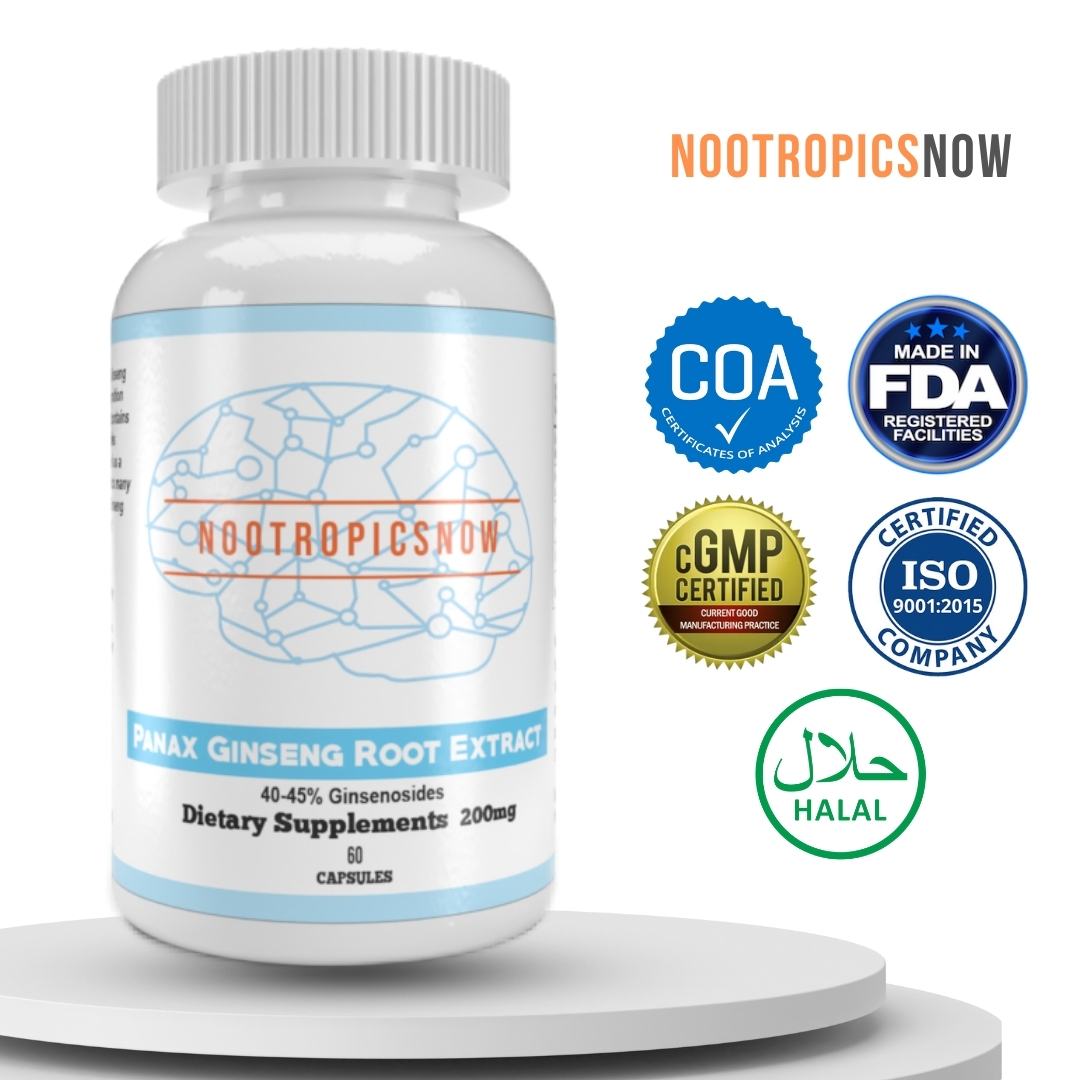Ginseng in the Philippines: Benefits & Where to Buy

`markdown
Ginseng in the Philippines: Unveiling the Potential
Ginseng, a renowned herb with a rich history in traditional medicine, has piqued the interest of many in the Philippines. It has been long used and well documented for its potential medicinal, as well as economic benefits. While not traditionally a staple crop in the Philippines, growing awareness of its health benefits and increasing demand in the global market have led to exploration of its cultivation and use within the country. This article provides a comprehensive overview of ginseng in the Philippines, covering its history, cultivation techniques, benefits, and market potential.
The Allure of Ginseng: A Historical and Cultural Perspective

Ginseng boasts a legacy deeply rooted in ancient traditional medicine systems, especially in East Asia. For thousands of years, cultures have revered it as a potent tonic and curative remedy, associating it with longevity, vitality, and overall well-being. Primarily, Korean ginseng (Panax ginseng) and American ginseng (Panax quinquefolius) are the most well-known species.
Ginseng in Traditional Medicine
Ginseng has featured prominently in Traditional Chinese Medicine (TCM) and Korean medicine. Its properties are documented in classical texts such as the Shen Nong Ben Cao Jing (The Divine Farmer’s Materia Medica), dating back to the first century AD. According to TCM, ginseng is thought to possess the ability to harmonize the body’s “qi” (energy) and support the functions of vital organs. Practitioners traditionally prescribed it to treat a wide array of ailments, ranging from fatigue and weakness to immune deficiencies and digestive disorders.
Ginseng as a Symbol of Status and Vitality
Beyond its medicinal value, ginseng has also become a symbol of status and vitality in certain cultures. In Korea, for instance, it is often gifted to elders and dignitaries as a sign of respect and a wish for continued health and longevity. It can be incorporated into various culinary dishes, teas, and tonics to enhance their nutritional value and impart its beneficial properties. This cultural significance continues to fuel the demand for high-quality ginseng products, both domestically and internationally.
Introduction to the Philippines
While Ginseng is not natively grown in the Philippines, its use has become more prevalent over the years as people become more aware of its alleged health benefits. Local health stores have begun to stock the item in supplement form. Traditional Chinese medicine practitioners, a relatively smaller population group in the country, may have used this ingredient for a longer period.
Unpacking the Benefits: What Makes Ginseng Special?
Ginseng’s popularity stems from its purported array of health benefits, which have attracted significant scientific interest in recent years. While research is ongoing, preliminary findings suggest that ginseng may possess properties that support cognitive function, energy levels, immune response, and more. These benefits are generally attributed to the presence of unique compounds called ginsenosides.
Cognitive Enhancement
`markdown

View Product
`
Several studies have investigated ginseng’s potential to improve cognitive function. Some research suggests that ginsenosides may help protect brain cells from damage, enhance memory and learning, and improve mental clarity. Ginseng may increase cerebral blood flow, which is vital for optimal brain function, according to some studies. However, more rigorous and large-scale trials are needed to confirm these cognitive benefits.
Energy Boost and Fatigue Reduction
Ginseng is frequently touted as a natural energy booster. Animal and human studies have shown that it may help combat fatigue, increase physical endurance, and improve exercise performance. It’s believed that ginsenosides may affect energy metabolism at the cellular level, helping the body produce and utilize energy more efficiently. Ginseng may also modulate stress hormones, contributing to a sense of vitality and reduced fatigue.
Immune System Support
`markdown

View Product
`
Emerging evidence suggests that ginseng may play a role in supporting immune function. Some studies have indicated that it may stimulate the production of immune cells, enhance the activity of natural killer cells, and improve the body’s response to vaccines. By modulating the immune system, ginseng may help protect against infections and promote overall immune health.
Other Potential Benefits
In addition to the benefits mentioned above, research has explored ginseng’s potential to support cardiovascular health, regulate blood sugar levels, and possess antioxidant and anti-inflammatory properties. However, these findings are still preliminary, and additional research is necessary to fully understand the scope of ginseng’s health benefits.
Ginseng Products in the Philippines
In the Philippines, you can often find ginseng in the following forms:
Growing Ginseng in the Philippines: Opportunities and Challenges
The Philippines presents both opportunities and challenges for cultivating ginseng. Its tropical climate, while suitable for some types of ginseng cultivation, requires careful consideration of environmental factors and tailored cultivation techniques.
Climate and Environmental Factors
Ginseng typically thrives in cooler climates with well-drained, shaded environments. The Philippines’ hot and humid climate poses a challenge for traditional ginseng cultivation. However, with appropriate strategies like shade provision and climate-controlled greenhouses, farmers can create favorable conditions.
Potential for Adaptation
There are reports of successful small-scale ginseng cultivation in the cooler mountainous regions of the Philippines, such as the Cordillera Administrative Region. These cases suggest that certain ginseng species or varieties may be better suited to the local climate. Further research and experimentation are needed to identify ginseng strains that can thrive in the Philippines’ unique environmental conditions.
Cultivation Techniques
Given the Philippines’ tropical climate, specific cultivation techniques are crucial to ensuring ginseng survival and optimal growth. These techniques may include:
Economic Viability
Ginseng cultivation can be economically viable in the Philippines if farmers can optimize yields, maintain high-quality standards, and tap into existing markets. There is potential for exporting ginseng to countries with established markets, as well as supplying the growing domestic demand for ginseng products.
Regulatory Considerations
Understanding and complying with relevant regulations related to ginseng cultivation and trade is crucial for farmers. These regulations may involve permits, certifications, and quality control standards.
Community Collaboration
For successful implementation of ginseng cultivation, collaboration between research institutions, farmers, and government agencies can support efforts. This may include providing technical assistance, conducting research trials, and facilitating market access.
Sourcing and Utilizing Ginseng in the Philippines
For those interested in sourcing or utilizing ginseng in the Philippines, there are several avenues to explore.
Local Retailers and Health Stores
Ginseng products, such as capsules, teas, and extracts, can be found at local retailers and health stores. It is crucial to choose reputable brands that source high-quality ginseng and adhere to good manufacturing practices.
Online Marketplaces
Online marketplaces offer a wide selection of ginseng products from various sellers. However, buyers should exercise caution and thoroughly research the reputation of the seller before making a purchase.
Traditional Chinese Medicine Practitioners
Traditional Chinese Medicine (TCM) practitioners may prescribe ginseng as part of individualized treatment plans. These practitioners can provide guidance on the appropriate form and dosage of ginseng based on individual health needs.
Incorporating Ginseng into Your Routine
Whether you choose to take ginseng supplements, drink ginseng tea, or use ginseng-infused skincare products, it is essential to start with a low dosage and gradually increase it as needed. Monitor your body’s response to ginseng and discontinue use if any adverse effects occur.
Navigating the Market: Ginseng Products and Trends
The global ginseng market is dynamic, with a variety of products and trends emerging. Here’s an overview of what to expect in the Philippines.
Product Variety
Ginseng is available in various forms, including:
Quality Considerations
When purchasing ginseng products, it is crucial to consider the following quality factors:
Storage Tips
Responsible Use and Safety: Important Considerations
As with any herbal remedy or dietary supplement, it is essential to use ginseng responsibly and prioritize safety.
Potential Side Effects
Ginseng is generally considered safe for most people when taken in recommended dosages. However, some individuals may experience side effects such as:
Interactions with Medications
Ginseng may interact with certain medications, such as blood thinners, antidepressants, and diabetes medications. Consult your healthcare provider before taking ginseng if you are taking any medications.
Precautions
Consultation with a Healthcare Professional
Consult with a healthcare professional before taking ginseng, particularly if you have underlying health conditions or are taking other medications. A healthcare professional can assess your individual needs and provide personalized guidance on the appropriate use of ginseng.
Ginseng 2024: A Look at the Future
The future of ginseng in the Philippines looks promising, with increasing consumer awareness, growing market demand, and ongoing research efforts.
Continued Research
Further research is needed to fully understand the health benefits of ginseng, identify suitable varieties for cultivation in the Philippines, and optimize cultivation techniques.
Market Expansion
The ginseng market in the Philippines is expected to expand as more consumers become aware of its potential health benefits. Farmers and entrepreneurs can capitalize on this trend by producing high-quality ginseng products and marketing them effectively.
Sustainable Practices
Promoting sustainable cultivation practices is crucial for ensuring the long-term viability of the ginseng industry in the Philippines. This includes responsible resource management, organic farming methods, and fair trade practices.
Community Empowerment
Empowering local communities through ginseng cultivation can create economic opportunities and promote sustainable development. This involves providing farmers with technical assistance, access to markets, and fair prices for their products.
By addressing these challenges and embracing opportunities, the Philippines can harness the potential of ginseng to improve health, boost economic development, and promote sustainable agriculture.
`
Ginseng Cultivation in the Philippines: Opportunities and Challenges
The Philippines, with its diverse climate and rich agricultural land, presents unique opportunities for ginseng cultivation. However, this venture also comes with its own set of challenges. Understanding these factors is crucial for anyone considering growing ginseng in the Philippines.
Suitable Climatic Conditions
Ginseng generally prefers cooler climates with well-drained soil. The mountainous regions of the Philippines, such as those in the Cordillera Administrative Region (CAR), offer the most promising environments for ginseng cultivation. High altitudes provide lower temperatures and adequate shade, which are essential for optimal growth.
Soil Requirements
Well-drained, loamy soil with a slightly acidic to neutral pH (around 6.0-7.0) is ideal for ginseng cultivation. The soil should be rich in organic matter to provide the necessary nutrients. Farmers often amend the soil with compost or well-rotted manure to improve its fertility and drainage.
Cultivation Techniques Specific to the Philippines
Adapting cultivation techniques to the Philippine climate is essential. While field-grown ginseng might be tempting due to faster harvests, the intense sunlight and humidity can pose significant challenges. Therefore, implementing effective shading systems is paramount. Alternatively, the wild-simulated method may prove more sustainable and profitable in the long run.
Irrigation
Consistent moisture is crucial, but overwatering can lead to root rot, a common problem in humid climates. Drip irrigation systems can provide a controlled and efficient way to deliver water directly to the roots, minimizing water waste and reducing the risk of fungal diseases.
Pest and Disease Management
Ginseng is susceptible to various pests and diseases, including fungal infections like Alternaria leaf blight and root rot. Implementing integrated pest management (IPM) strategies is essential. This involves using a combination of cultural practices (such as proper spacing and sanitation), biological controls (like beneficial insects), and, if necessary, targeted applications of organic pesticides. Regular monitoring of plants for signs of pests or diseases is crucial for early intervention.
Labor Considerations
Ginseng cultivation, especially using the wild-simulated method, can be labor-intensive. Clearing vegetation, planting seeds, maintaining the shade canopy, and harvesting the roots all require significant manual labor. The availability and cost of labor are important factors to consider when planning a ginseng farm in the Philippines.
Potential for Agroforestry Integration
Integrating ginseng cultivation with agroforestry systems can offer multiple benefits. Planting ginseng under the shade of existing trees can provide the necessary shade while diversifying income streams for farmers. This approach can also improve soil health and biodiversity.
Economic Aspects of Ginseng Farming in the Philippines
Cultivating ginseng in the Philippines is not just about agricultural practices; it’s also about understanding the economics of this high-value crop. Evaluating the costs, potential revenues, and market opportunities is critical for success.
Start-up Costs
The initial investment for establishing a ginseng farm can be substantial. Key expenses include:
Operational Costs
Ongoing expenses are necessary to maintain the farm and ensure healthy ginseng growth. These include:
Potential Revenue Streams
Ginseng can generate revenue through various channels:
Market Opportunities
The market for ginseng is diverse and growing. Potential markets include:
Profitability Analysis
Conducting a detailed profitability analysis is essential before investing in ginseng farming. This involves estimating the costs and revenues over the growing cycle (which can be several years) and calculating the net profit or loss. Factors such as yield, market prices, and operational efficiency can significantly impact profitability.
Sustainable Ginseng Farming Practices in the Philippines
Sustainability is a growing concern in agriculture, and ginseng farming is no exception. Adopting sustainable practices not only protects the environment but also ensures the long-term viability of the ginseng industry in the Philippines.
Organic Farming Practices
Avoiding synthetic pesticides and fertilizers is crucial for sustainable ginseng farming. Instead, rely on organic inputs such as compost, well-rotted manure, and organic pesticides. This minimizes environmental impact and produces healthier ginseng roots.
Soil Conservation
Protecting the soil from erosion is essential, especially in mountainous regions. Implement soil conservation practices such as contour planting, terracing, and mulching. These methods help to prevent soil loss and maintain soil fertility.
Water Management
Use water efficiently to conserve this precious resource. Drip irrigation systems can minimize water waste and reduce the risk of overwatering. Collect rainwater for irrigation to reduce reliance on external water sources.
Biodiversity Conservation
Maintain biodiversity by preserving natural vegetation around the ginseng farm. This provides habitat for beneficial insects and other wildlife. Avoid clearing large areas of forest for ginseng cultivation.
Shade Management
Use sustainable shade management practices. Consider using locally sourced materials for shade structures. Plant native trees to provide natural shade, which can also contribute to biodiversity.
Fair Labor Practices
Ensure fair wages and working conditions for farm workers. This promotes social sustainability and creates a more ethical and responsible ginseng industry.
Community Engagement
Engage with local communities to promote sustainable ginseng farming practices. Share knowledge and resources with other farmers. Support local initiatives that promote environmental conservation.
Challenges and Mitigation Strategies for Ginseng Cultivation in the Philippines
While the Philippines presents favorable conditions for ginseng cultivation, specific challenges must be addressed to ensure success.
Climate Change
Changing weather patterns, including increased rainfall and temperature fluctuations, can negatively impact ginseng growth. Implement climate-resilient farming practices such as improved drainage systems, shade structures, and drought-resistant varieties.
Pests and Diseases
Ginseng is susceptible to various pests and diseases, which can cause significant crop losses. Implement integrated pest management (IPM) strategies, including regular monitoring, biological controls, and targeted applications of organic pesticides.
Illegal Harvesting and Theft
Ginseng roots are valuable, making them a target for illegal harvesting and theft. Implement security measures such as fencing, surveillance systems, and community patrols to protect the farm.
Limited Access to Finance
Access to credit can be a challenge for small-scale farmers. Explore options such as government subsidies, microfinance loans, and cooperative financing to secure funding for ginseng cultivation.
Lack of Technical Expertise
Ginseng cultivation requires specialized knowledge and skills. Provide training and technical assistance to farmers to improve their farming practices. Partner with agricultural research institutions and extension services to access the latest information and technologies.
Market Volatility
Ginseng prices can fluctuate depending on supply and demand. Diversify income streams by creating value-added products or selling ginseng seeds and rootlets. Explore long-term contracts with buyers to secure stable prices.
The Future of Ginseng in the Philippines: Research and Development
Investing in research and development (R&D) is crucial for the long-term success of the ginseng industry in the Philippines. R&D can help to improve farming practices, develop new varieties, and create value-added products.
Variety Improvement
Conduct research to identify and develop ginseng varieties that are well-suited to the Philippine climate. Focus on varieties that are resistant to pests and diseases, tolerant to heat and drought, and have high yields.
Farming System Optimization
Develop farming systems that are tailored to the Philippine environment. Optimize planting densities, shade management practices, irrigation schedules, and fertilization regimes to maximize ginseng growth and yield.
Pest and Disease Management
Investigate new and innovative methods for controlling pests and diseases in ginseng. Explore the use of biological controls, natural pesticides, and disease-resistant varieties.
Value-Added Product Development
Develop new and innovative value-added products from ginseng, such as tea, capsules, extracts, and cosmetics. This can increase revenue and create new market opportunities.
Market Research
Conduct market research to identify consumer preferences and market trends. This can help farmers to tailor their production and marketing strategies to meet market demand.
Policy Support
Advocate for government policies that support the ginseng industry. This includes providing subsidies, tax incentives, and technical assistance to farmers.
By addressing these challenges and investing in research and development, the Philippines can realize the full potential of ginseng cultivation and create a thriving industry that benefits farmers, consumers, and the environment. Ginseng’s potential within the Philippine agricultural landscape is undeniable, requiring a committed and strategic approach for sustained success and growth.


